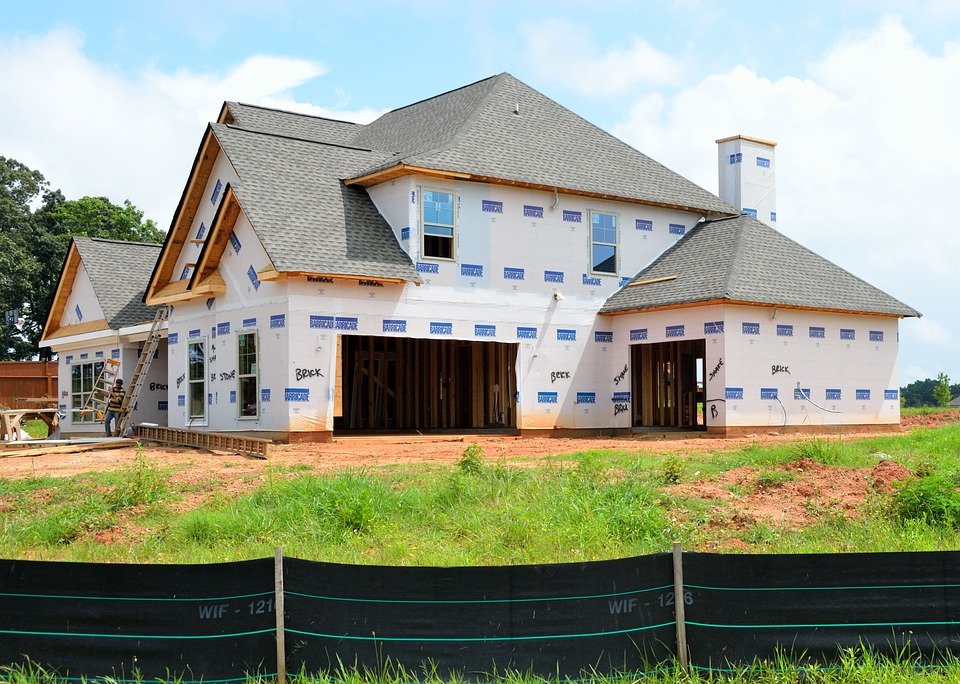[ad_1]
Revitalizing Cities: Commercial Real Estate as a Catalyst for Economic Development
Urban areas have long been the engines of economic growth, attracting businesses, talent, and investment. However, with the rapid pace of urbanization, many cities are facing challenges such as aging infrastructure, declining industries, and urban blight. To combat these issues and revitalize cities, commercial real estate can serve as a catalyst for economic development.
Commercial real estate plays a critical role in shaping the physical landscape of cities. It includes office buildings, retail spaces, industrial parks, and more. By strategically developing commercial properties, cities can create vibrant urban centers that attract businesses, residents, and visitors alike.
One of the key benefits of commercial real estate development is the creation of job opportunities. Commercial properties require construction, maintenance, and management, which generates employment in various sectors. Additionally, once the commercial space is operational, it attracts businesses and supports their growth, leading to further job creation. Job opportunities not only improve the economic well-being of individuals but also contribute to the overall prosperity of the city.
Moreover, commercial real estate development can transform underutilized or abandoned areas into thriving economic hubs. By redeveloping brownfields or repurposing vacant properties, these areas can be given a new lease on life. This process enhances property values, attracts investment, and stimulates economic activity in the surrounding area. Additionally, redeveloped commercial spaces often incorporate sustainable design principles, contributing to environmental sustainability and revitalizing neighborhoods.
In many cases, commercial real estate development goes hand in hand with other urban improvements. For example, infrastructure upgrades such as road expansions, new public transportation systems, and improved utility services are often necessary to support commercial developments. These investments enhance the connectivity and accessibility of the city, making it more attractive to businesses and residents alike.
Cities can also leverage commercial real estate development to enhance their identity and cultural vibrancy. By carefully curating mixed-use developments that incorporate arts, entertainment, and cultural spaces, cities can create unique experiences that draw in tourists and foster a sense of community. This not only boosts the local economy through increased tourism revenue but also enriches the quality of life for residents.
However, revitalizing cities through commercial real estate development can present challenges. Balancing the need for economic growth with preserving historical and cultural heritage is a delicate task. Strategic urban planning and zoning policies are necessary to ensure that the development aligns with the city’s vision and maintains its unique character.
Furthermore, addressing issues of affordability and inclusion is crucial. While commercial real estate development can drive economic growth, there is a risk of displacement and gentrification. Efforts must be made to ensure that the benefits of revitalization are shared equitably and that affordable housing, community spaces, and social services are maintained.
In conclusion, commercial real estate has the potential to revitalize cities and serve as a catalyst for economic development. Through strategic planning, collaborative partnerships, and a focus on sustainability and inclusivity, cities can transform underutilized spaces into vibrant urban centers. By leveraging the power of commercial real estate, cities can create jobs, attract investment, enhance infrastructure, and foster cultural vibrancy, ultimately improving the quality of life for their residents and reinforcing their position as engines of economic growth.
[ad_2]




